Resources Digital Environments
(EDLD-5317-D21)
The course represents for me a powerful opportunity for growth and transformation. Beyond learning about digital tools, this course has inspired me to reimagine new ways of teaching and learning, where technology becomes an ally to motivate, connect, and create experiences that go beyond the traditional.


A Journey of Digital Transformation
When I began EDLD 5317, Resources for Digital Environments, my expectation was to design digital resources, but I soon realized that this is only possible when we also learn to publish and clearly communicate the impact of technology in education. This course took me much further. It allowed me to integrate everything I had learned throughout the program, give voice to my innovation, Explorers of the Forest of Reading and Writing, and transform it into an academic article with purpose, structure, and intention.
Through this process, I moved from designing to communicating, from imagining to publishing. I learned that technology not only transforms educational practice but also redefines the educator’s identity when used with intention, ethics, and creativity.



Achievements and Learning in My Process as a Digital Educator
One of the greatest achievements of this process has been recognizing how each course in the master’s program fits as an essential piece in shaping mindful, critical, and creative digital educators. Each assignment in this course, as well as every prior experience, contributed to a single purpose: building a digital publication that unites theory, practice, and research, demonstrating that technology can transform education when used with pedagogical and ethical intention.
I learned that digital resources are not just tools but pedagogical languages that allow us to communicate ideas, connect people, and make learning visible. This course strengthened my ability to integrate and communicate digital resources with educational purposes, blending visual design, academic storytelling, and digital ethics.
The publication process also gave me the confidence to share my work within an academic community. I discovered that publishing is also a form of teaching, opening the classroom to the world, sharing what we learn, and, in doing so, inspiring other educators to rethink their practices and build collective knowledge.

Areas for Growth and Future Goals
Another area I wish to strengthen is the technical planning of multimedia projects, including improving audio and video editing, narrative pacing, and adherence to accessibility standards. These skills bring both aesthetic and pedagogical coherence to educational communication, making digital products more inclusive and professional. Ultimately, I will continue to develop my bilingual voice as an author and educator, sharing my work in both English and Spanish to broaden its reach and actively contribute to global academic communities.
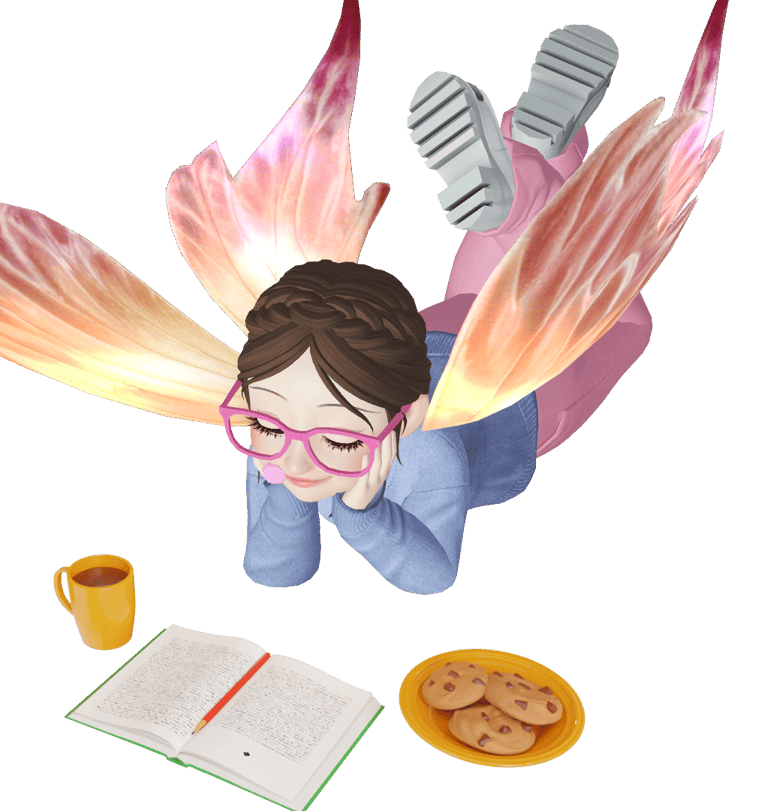


My first goal is to continue refining my academic article, integrating the findings that emerge from the implementation and evaluation of my action research project. I aim for this publication to evolve with authentic evidence, critical reflection, and tangible results that demonstrate the impact of my proposal on bilingual literacy development. I also want to deepen my understanding of digital impact evaluation, analyzing how users interact with my publication and how learning can be measured in virtual environments. Understanding these dynamics will allow me to refine my resources and design more effective strategies to promote engagement and knowledge transfer.

Reflection on Main Assignments – Building My Digital Voice
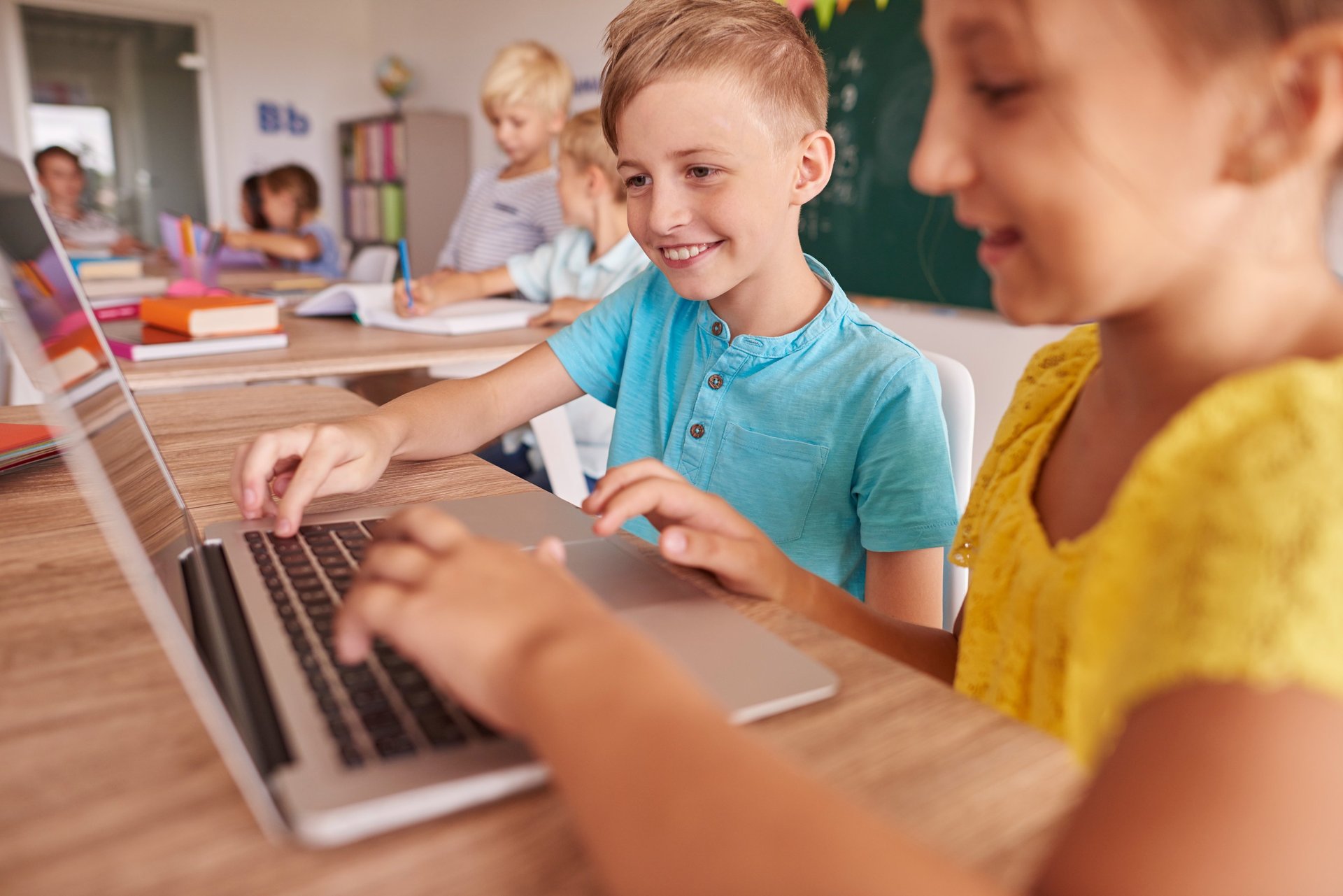
Each assignment was more than a requirement; it was a step in shaping my identity as a digital creator and reflective educator. Through them, I realized that building a publication is not about organizing content but about bringing a learning story to life.
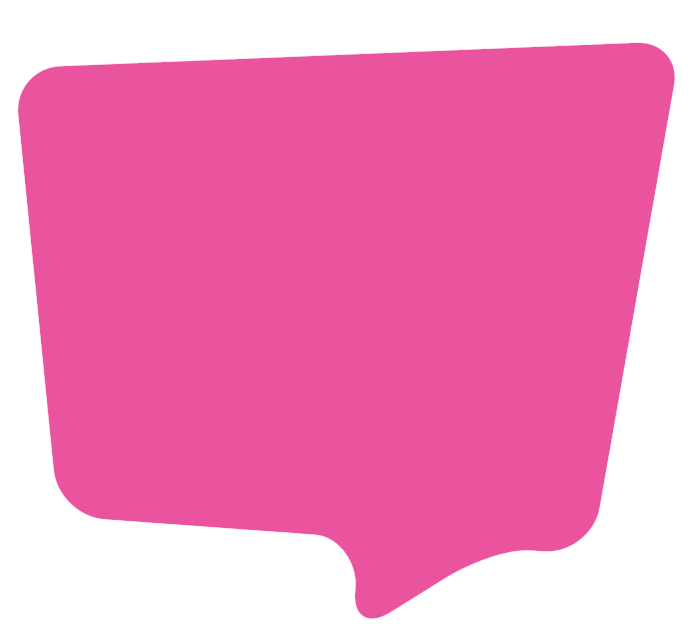

Publication Outline

Beginning the process of academic publishing is a crucial step in my growth as an educator and digital learning leader. Throughout this program, I have reviewed literature and resources that have strengthened my innovation project, Reading and Writing Forest Explorers. Now, I have the opportunity to transform those reflections into an article that can reach a broader community. Publishing means not only organizing what I have learned but also opening a space for dialogue with other educators and researchers who face similar challenges.
This first assignment motivates me because it invites me to structure my ideas in a clear outline that will serve as the foundation for the final article. My purpose is to demonstrate how digital resources can be intentionally integrated into bilingual literacy instruction, highlighting lessons learned and the benefits of an innovative approach. In this way, publishing will not only strengthen my ePortfolio but also inspire others to apply similar strategies within their own educational contexts.
Publication Rough Draft
This publication rough draft, developed as part of the course Fall 2025 – Resources for Digital Environments (EDLD-5317-D21)_OL, represents an opportunity to share my voice as an educator and to reflect on how technology can transform reading and writing in bilingual contexts. The work focuses on the Explorers of the Forest of Reading and Writing project, a proposal inspired by educational thought leaders such as Dewey, Bruner, Vygotsky, Papert, Piaget, and Schank, who emphasize that learning is an active, dynamic, and social process. Through this draft, I explore how hybrid models, gamification, and meaningful learning environments can act as catalysts that enhance motivation while making technology invisible, ensuring that learning remains the central priority.
I invite you to learn about my process of collective construction with my peers, in which reviewing my article draft has become a valuable learning experience. This collaborative exchange has allowed me to identify ways to improve my writing while also embracing different perspectives that help me reframe aspects we often overlook but that are essential in our school contexts. The experience highlights the importance of new educational approaches, where purposeful technology integration in the classroom becomes a meaningful way to achieve better outcomes and foster student motivation. In my case, this process is particularly relevant as I seek to nurture in elementary education students the desire to learn to read and write.
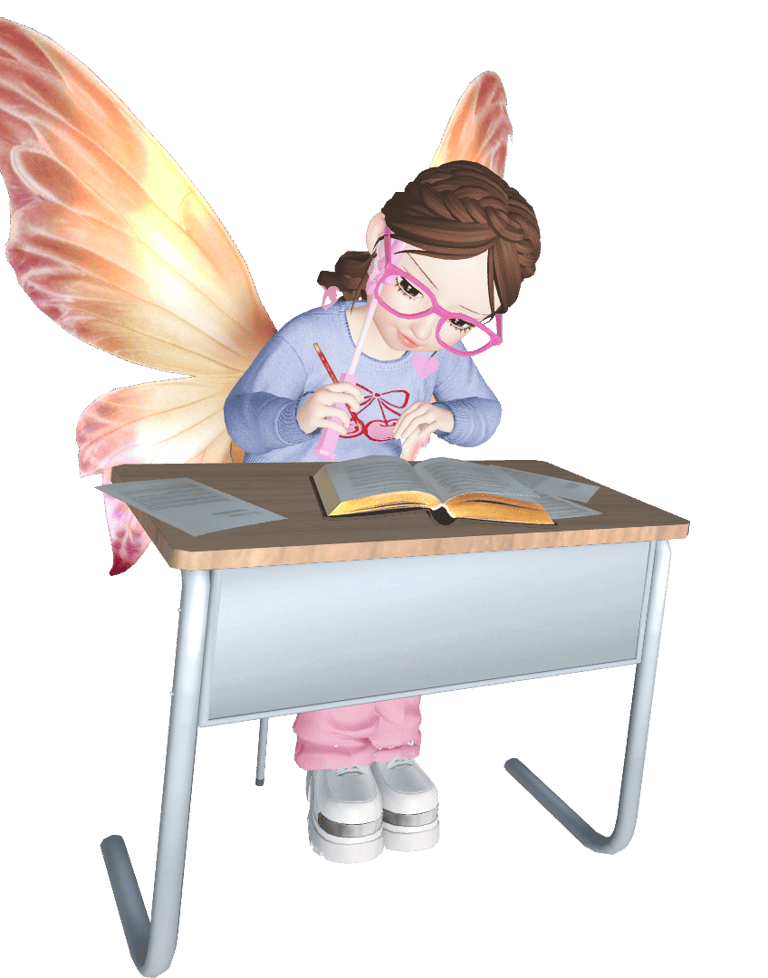

Abstract
Bilingual literacy in elementary education continues to face significant gaps in motivation and performance. The Explorers of the Forest of Reading and Writing project introduces a blended model that combines station rotation, adaptive platforms, and playful activities to transform reading and writing instruction in bilingual contexts. Grounded in frameworks such as COVA, Universal Design for Learning (UDL), and constructionism, the model integrates digital resources with face-to-face experiences to foster motivation, strengthen reading comprehension, and enhance Spanish writing while building strong foundations for English literacy. This article presents the theoretical foundations, vision, classroom implementation, and lessons learned within a participatory action research process designed to iteratively refine the model and demonstrate its viability and sustainability.
The Magical Forest of Reading and Writing: Redefining Bilingual Literacy through Hybrid Learning
Media Project
In today’s digital era, podcasting and long-form video discussions are increasingly recognized as effective formats to share ideas, build communities, and foster deeper engagement. As Creswell and Creswell (2018) emphasize, the way research is communicated shapes its impact, and digital media provides a space where ideas become more accessible and interactive. Podcasting, in particular, combines narrative and dialogue, creating opportunities to connect theory, practice, and personal reflection (Greenfield, n.d.; Harapnuik, 2014).
This course has provided a space to nurture my ideas, connect them with academic research, and refine them through peer collaboration. Far from being isolated activities, the discussions and assignments have worked as steps guiding me toward a common goal: strengthening my role as a digital leader and shaping a publishable article that highlights my project Reading and Writing Forest Explorers.
Through this journey, I have discovered that the true richness of the course lies in its continuity: each reflection opens the door to the next, each submission becomes input for the final construction, and together they form a testimony of the value of integrating digital innovation into education. This compilation, more than a requirement, is the evidence of a living learning journey, where theory, practice, and collaboration come together to inspire others.
This project introduces The Forest of Reading and Writing, a bilingual literacy innovation that integrates hybrid learning, gamification, and Universal Design for Learning (UDL). Presenting this work through podcasting and video discussions allows me to go beyond written reports, offering an engaging format that communicates vision, theory, and practice in a relatable way. As Armstrong (2021) notes, storytelling in digital media captures attention and sustains motivation, making it a powerful tool for educational transformation.
Through this process, my own learning has led me to reflect on the importance of using digital resources not only as tools for instruction but also as powerful means to inspire others, recognize the work being done, and celebrate the journey of innovation in education (CAST, 2018; Wagner, 2010).
Lighting the Path: Digital Tools that Inspire Learning
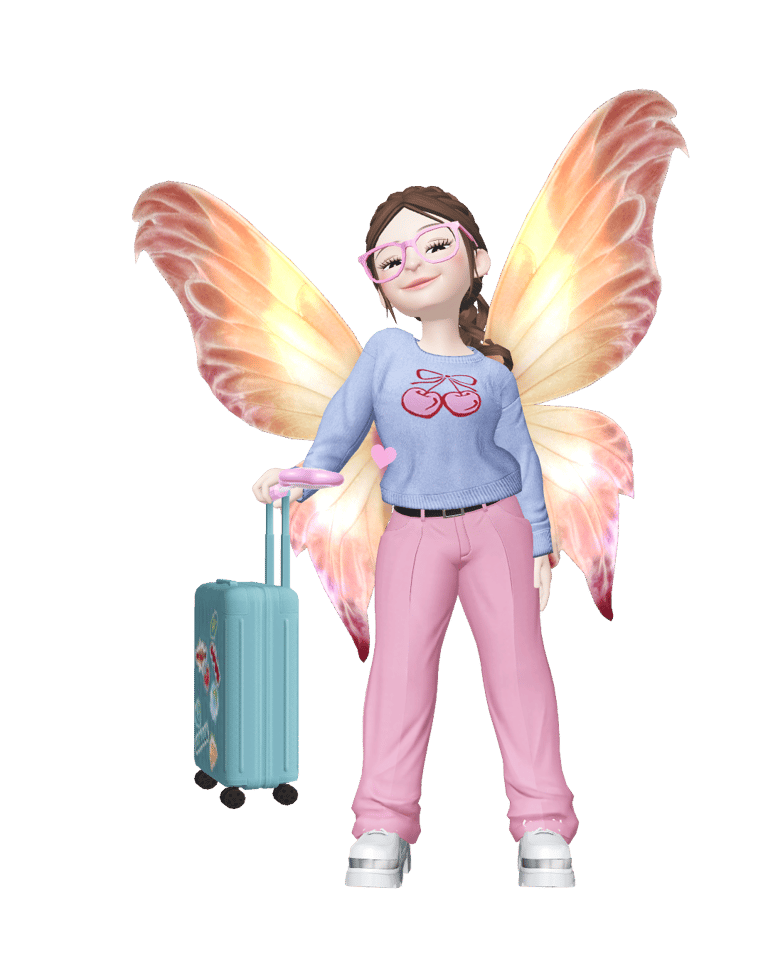


Final Publication Article
This process has been both an ending and a new beginning, opening the door to new possibilities for growth and reflection. Each piece of feedback, revision, and dialogue with my learning community has helped me refine my thinking, strengthen my academic voice, and deepen my commitment to an ethical, creative, and human-centered approach to digital education.
Publishing this article means more than completing an assignment it represents the journey itself, the value of shared learning, and the desire to keep moving forward in creating environments where reading, writing, and technology connect with purpose. Explorers of the Forest of Reading and Writing will continue to grow as a living space where theory becomes action and learning turns into a meaningful experience for everyone.
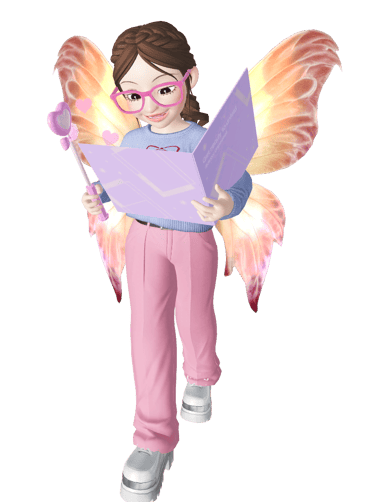


Reflection on the Collaborative Discussion Group – Shared Learning with Purpose

The collaborative discussions in this course served as a valuable space for academic exchange and critical reflection on our professional experiences. Through each meeting, we were able to compare perspectives, share bibliographic resources, and explore digital tools that enriched both my project and those of my peers. This process strengthened our collective understanding of the role of technology in education and the ethical responsibility that comes with its use. From my classmates, I learned from their unique visions, passions, and strengths, each contributing a different approach to our shared learning. Ángela inspires me with her curiosity and eagerness to explore new digital tools, reminding me that innovation begins with the constant desire to learn. Tierra encouraged me to reflect on the ethical use of artificial intelligence and its educational impact, broadening my view of professional responsibility in digital environments.
Yusmila stood out for her empathy and rigor in linking theory and practice, showing that effective pedagogy requires a balance between sensitivity and discipline. Simón provided a practical and structured perspective, demonstrating how digital resources can foster authentic and accessible learning experiences. Kimberly offered an analytical approach, helping me recognize that innovation becomes stronger when we acknowledge our weaknesses and build upon our strengths. Overall, this collaborative work not only enhanced my theoretical understanding but also expanded my ability to analyze, select, and apply digital tools in real educational contexts. The diversity of perspectives within the group was essential to strengthening my critical thinking and reaffirming my commitment to an ethical, research-based digital pedagogy.

Integration of Courses – Building the Voice of a Digital Educator
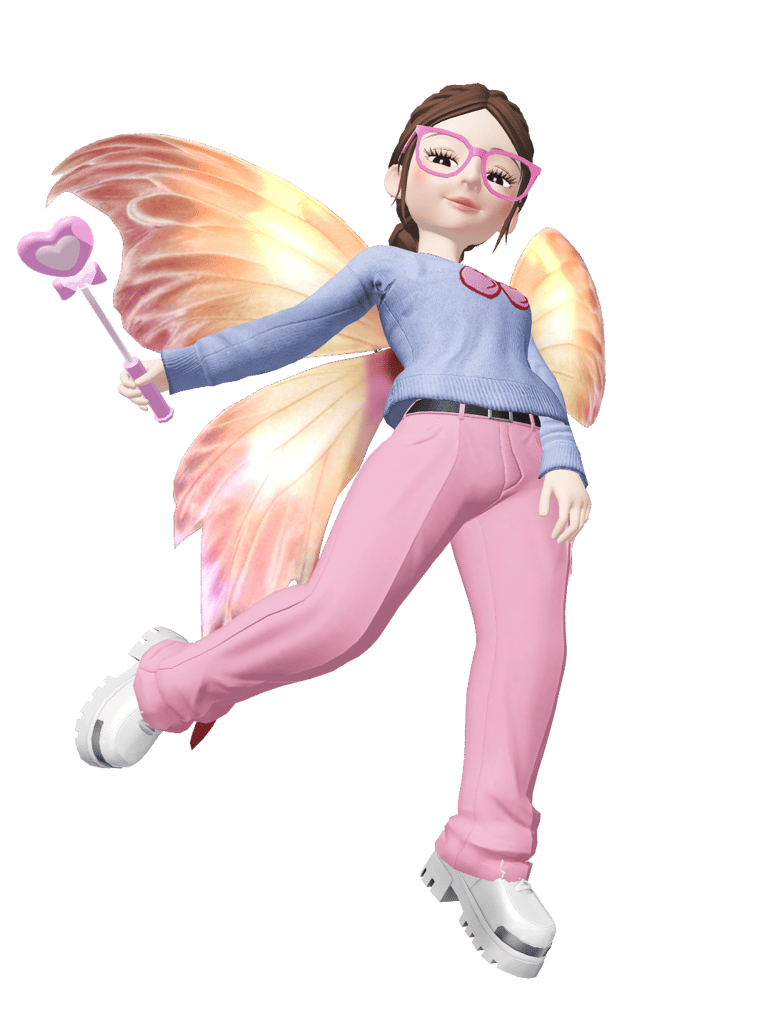

Each course within the Master of Education in Applied Digital Learning program was more than a class; it was a link that helped transform an initial idea into a meaningful, structured, and purposeful project. From the early concepts of innovation to the publication of the final article, every learning experience contributed tools, perspectives, and resources that made it possible to communicate, with clarity and academic grounding, the progress of my innovation plan, Explorers of the Forest of Reading and Writing. What began as a methodological proposal focused on strengthening bilingual reading and writing evolved through the courses into a deeper understanding of digital education as a reflective and collaborative practice.
As I advanced through the program, each course added an essential component: strategic vision, technological mastery, pedagogical leadership, instructional design, evidence-based assessment, and, finally, the ability to communicate and publish the knowledge I built. This integrative process not only strengthened my project but also prepared me to take the next step—transforming it into an action research project that examines the real impact of the model in the classroom. The publication of my article thus represents a turning point between reflection and action, between academic thinking and transformative educational practice.
Each course played a key role in consolidating my article and strengthening the Explorers of the Forest of Reading and Writing project. In EDLD 5305, the initial idea of the forest as a metaphor for hybrid learning was born. In EDLD 5302, I understood the importance of ensuring that technology serves pedagogical purposes. In EDLD 5303, I learned to structure instructional design by aligning objectives, activities, and assessments. Through EDLD 5304, I realized that innovation requires leadership and institutional vision. Meanwhile, EDLD 5313 allowed me to integrate the COVA framework, Choice, Ownership, Voice, and Authenticity, giving students a central role in the learning process.
In EDLD 5318, I consolidated the planning of online experiences based on interaction, accessibility, and visual coherence, strengthening the design of the educational model that supports my publication. EDLD 5315 provided an evaluative lens and integrated qualitative and quantitative evidence to validate the project’s impact and coherence. These learning experiences laid the conceptual and methodological foundation that enabled the article to stand on solid ground, anchored in research and aligned with authentic educational practice.
Finally, in EDLD 5317 Resources for Digital Environments, I was able to reinterpret and give new meaning to the entire journey. This course helped me recognize that what I had been designing and experimenting with throughout the program was already taking shape in practice. It became the space where I found my academic voice and discovered the power of communication to transform practice into shared knowledge. Publishing the article was not merely a final task, but an act of reflection, synthesis, and pedagogical leadership, a new beginning in my development as a purposeful digital educator.

References
August, D., & Shanahan, T. (2006). Developing literacy in second-language learners: Report of the National Literacy Panel on Language-Minority Children and Youth. Lawrence Erlbaum.
Barron, B., & Darling-Hammond, L. (2008). Teaching for meaningful learning: A review of research on inquiry-based and cooperative learning. George Lucas Educational Foundation. https://www.edutopia.org
Brookhart, S. M. (2013). How to create and use rubrics for formative assessment and grading. ASCD.
Bruner, J. S. (1960). The process of education. Harvard University Press.
CAST. (2018). Universal Design for Learning guidelines version 2.2. CAST. http://udlguidelines.cast.org
Christensen, C. M., Horn, M. B., & Johnson, C. W. (2017). Disrupting class: How disruptive innovation will change the way the world learns. McGraw-Hill.
Creswell, J. W., & Creswell, J. D. (2018). Research design: Qualitative, quantitative, and mixed methods approaches (5th ed.). SAGE Publications.
Cummins, J. (2000). Language, power and pedagogy: Bilingual children in the crossfire. Multilingual Matters. https://doi.org/10.21832/9781853596773
Deci, E. L., & Ryan, R. M. (1985). Intrinsic motivation and self-determination in human behavior. Springer Science & Business Media. https://doi.org/10.1007/978-1-4899-2271-7
Dewey, J. (1938). Experience and education. Macmillan.
Dweck, C. S. (2006). Mindset: The new psychology of success. Random House.
EdTech Journals. (2025). Complete list of educational technology journals. https://www.edtechjournals.org/
Edutopia. (2025). Technology integration. George Lucas Educational Foundation. https://www.edutopia.org/technology-integration
Galinsky, E. (2010). Mind in the making: The seven essential life skills every child needs. HarperCollins.
Graham, C. R. (2019). Current research in blended learning: Integration, disruption, and acceleration. Computers & Education, 144, 103701. https://doi.org/10.1016/j.compedu.2019.103701
Guthrie, J. T., & Wigfield, J. (2000). Engagement and motivation in reading. In M. L. Kamil, P. B. Mosenthal, P. D. Pearson, & R. Barr (Eds.), Handbook of reading research (Vol. 3, pp. 403–422). Lawrence Erlbaum.
Hansen, P. (2013, January). Embrace the shake [Video]. TED Conferences. https://www.ted.com/talks/phil_hansen_embrace_the_shake
Harapnuik, D. (2016). COVA+CSLE: Choice, ownership, voice, and authentic learning in creating significant learning environments. https://www.harapnuik.org
Hughes, J. E., & Roblyer, M. D. (2022). Integrating educational technology into teaching: Transforming learning across disciplines (9th ed.). Pearson.
Lombardi, M. M. (2007). Authentic learning for the 21st century: An overview. EDUCAUSE Learning Initiative. https://er.educause.edu/articles/2007/1/authentic-learning-for-the-21st-century-an-overview
Lowenthal, P. R. (2015, December 29). Ranking educational technology journals. https://patricklowenthal.com/2015/12/ranking-educational-technology-journals/
Means, B., Toyama, Y., Murphy, R., Bakia, M., & Jones, K. (2010). Evaluation of evidence-based practices in online learning: A meta-analysis and review of online learning studies. U.S. Department of Education. https://www2.ed.gov/rschstat/eval/tech/evidence-based-practices/finalreport.pdf
Mertler, C. A. (2019). Action research: Improving schools and empowering educators (6th ed.). SAGE Publications.
Papert, S. (1980). Mindstorms: Children, computers, and powerful ideas. Basic Books.
Piaget, J. (1952). The origins of intelligence in children. International Universities Press.
Roblyer, M. D., & Hughes, J. E. (2019). Integrating educational technology into teaching (8th ed.). Pearson.
Schank, R. C. (1999). Dynamic memory revisited. Cambridge University Press.
Taylor & Francis Author Services. (2023). How to write and structure a journal article. https://authorservices.taylorandfrancis.com/how-to-write-and-structure-a-journal-article/
Thomas, D., & Brown, J. S. (2011). A new culture of learning: Cultivating the imagination for a world of constant change. CreateSpace.
Vygotsky, L. S. (1978). Mind in society: The development of higher psychological processes. Harvard University Press.
Wagner, T. (2010). The global achievement gap: Why even our best schools don’t teach the new survival skills our children need—and what we can do about it. Basic Books.
Wang, A. I., & Tahir, R. (2020). The effect of using Kahoot! for learning – A literature review. Computers & Education, 149, 103818. https://doi.org/10.1016/j.compedu.2020.103818
Wiggins, G., & McTighe, J. (2005). Understanding by design (2nd ed.). ASCD.
